
Yes, US citizens can travel to Iran, but the process involves a number of steps and requirements that are more stringent compared to other nationalities. Because of the shaky Iran-U.S. relations and the lack of an official embassy in Tehran, American citizens are allowed to visit under the supervision of their guide. This ensures their safety and avoids any unnecessary complications with the local law agencies.
Americans visit Iran and enjoy it very much. Most of the non-Iranians who visit Destination Iran website are US citizens and sometimes they ask me, “How can Americans pay a visit to Iran given the political situation between the two countries?” Well, the good news is you can travel to Iran if you follow few easy rules I’ll explain here.
These rules apply for the visa and traveling style, period! The rest of the travel experience (accommodation, transportation, sightseeing, domestic flights, guidance, restaurants, roads, etc) are all the same.
Visa Arrangement for Americans
Visa Application Process:
Sponsorship: US citizens must apply for a visa through an Iranian travel agency, which will act as a sponsor. This sponsorship is crucial as it ensures that the traveler has a point of contact within Iran who can vouch for their intentions and itinerary.
Documentation: Required documents include a passport with at least six months of validity, passport-sized photos, and a completed visa application form. Additionally, a detailed travel itinerary and proof of travel insurance may be required.
Approval: The travel agency submits the application to the Iranian Ministry of Foreign Affairs for approval, which can take several weeks. During this period, the Ministry conducts background checks and verifies the details provided in the application.
Visa Issuance: Once approved, the visa is issued, and travelers can collect it from an Iranian consulate or embassy designated at the time of application. It’s important to note that the visa is typically valid for a specific period, and overstaying can result in fines or legal issues unless you submit an extension request through your travel agency.
Travel Restrictions:
Organized Tours: US citizens must travel as part of an organized tour or with a private guide approved by the Iranian government. This requirement ensures that travelers are always accompanied by someone familiar with local laws and customs.
Itinerary: The itinerary must be approved before visa application, and deviations are generally disapproved. This means that spontaneous travel plans or changes to the itinerary need to be communicated and approved in advance.
Entry and Exit:
Entry Points: US citizens can enter Iran through major international airports such as Tehran Imam Khomeini International Airport. Other entry points include Shiraz International Airport and Isfahan International Airport as of September 2024.
Exit Requirements: Ensure all travel documents are to avoid any issues when leaving the country. It’s advisable to keep copies of important documents and have contact information for the US Interests Section at the Swiss Embassy in Tehran.
First of all, I must mention that I’ve already explained “Visa Application Support” service! Tourist visa for Americans isn’t very different. As I’m particularly going to explain how it’s different for the American travelers, I will introduce the steps Americans should be aware of while planning their trips to Iran:
- Make sure you have enough time before you decide on your journey date. As of today, it takes around one month to get the authorization number for US travelers. In other words, from the day an Iranian tour operator applies for your visa to the day the Ministry of Foreign Affairs (MFA) approves the visa and provides the Iranian tour operator with the authorization number, it will take this much time.
- Make sure you include all the sights you’d like to visit in your itinerary. You won’t be able to change the itinerary and add new routes and cities once your visa is approved. Therefore, work diligently with your tour operator explaining to them where you want to go, what you want to see and what you’d like to do among anything else you’re planning for this trip. Such carefully prepared itinerary will be given to the MFA before a tourist visa is approved.
If there are other concerns and interests you want to include in your list, keep in mind, they must be mentioned at the stage before tourist visa is applied for Americans. Based on the official rules, a tourist comes to Iran on a tourist visa to do what a tourist is supposed to do:
- Follow the itinerary,
- Visit sights, cities, museums, etc,
- Stay in the hotels already chosen,
Even if you’re not an American citizen and violate these rules, you will create a complicated situation for yourself and your tour guide and your tour operator. For instance, if you meet with some officials, politicians, activists (social, political, etc) to talk about certain topics you’re curious about, this won’t comply with the rules. If this makes one of the main reasons why you want to travel to Iran (either as an individual or as a group member), please make sure you put it forward at the stage of discussing your itinerary. Of course, you can discuss your itinerary if you travel individually/privately, not in a group.
I’ve seen cases where someone from the US has been interested in particular arts and mentioned the name and address of specific art schools and artists before applying for a visa and the visa has been granted to him/her. Therefore, such a person can visit Iran’s tourist attractions, museums and other places as well as the places and people he’d already mentioned. However, prior to visa application stage, such points must be referred to.
The last recommendation is that you’d better leave the visa application support to an Iranian tour operator. In short, tourist visa for Americans is possible, but because an authorization number is required, it’s better to ask a tour operator to arrange for your tour including the visa. In addition, they are the professional local people who know how to handle such tasks as they’re doing this part of the tour service all the time.
Legal Situation in Iran for American Tourists
The U.S. State Department has issued a level 4 Do Not Travel advisory statement that discourages all Americans from visiting Iran because of the strained relations between the two governments. However, American tourists can still travel to Iran for leisure purposes despite this recommendation. If your purpose is to enjoy the warm welcome of Iranian hosts and visit cultural heritage sites, you will be safe if you stick to the planned itinerary and listen to your guide.
Understanding the legal landscape in Iran is vital for American tourists to ensure a safe and trouble-free visit. American citizens need a visa to travel to Iran. This visa stamp is valid for three months, and allows for a maximum period of one month of stay, possibly extendable up to two months.
American tourists are discouraged from joining political gatherings and activist movements in Iran. This is rather obvious, and your tour guide will steer clear of such situations to avoid legal troubles. Participation in such events is an easy way to get detained under espionage and incitement charges, which waive your traveler rights under the threat of national security.
Legal Assistance:
Consular Support: In case of legal issues, contact the Swiss Embassy in Tehran, which represents US interests in Iran. It’s important to note that the Swiss Embassy acts as a protecting power for U.S. citizens in Iran, given the absence of direct diplomatic relations between the U.S. and Iran. The embassy can provide assistance and guidance in case of emergencies.
STEP (Smart Traveler Enrollment Program) is a U.S. government program designed to safeguard American travelers around the globe. It is highly advised to enroll in this program on all your travels, especially when you are visiting the Middle East.
Americans Visit Iran Their Style
Before I get into this part, I must mention that many ask for this style of traveling and it’s not a structured style depriving you of the pleasure of exploring Iran. I have several American friends who have traveled to Iran several times. If they suffered the first time, why should they bother to torture themselves for a second journey?!
Now, here’s the rule applied to Americans visiting Iran: “They can travel individually or in a group, but they are obliged to be accompanied by a guide who is in charge of showing them to all the details mentioned at the itinerary.” Don’t get me wrong! You can cross out anything already in your list, but you cannot add to them. So, if you’ve already approved the itinerary and agreed to visit all those places and see all those attractions and there’s a tour guide showing you to all of them according to the itinerary, it shouldn’t be a burden.
If you look at this traveling style from another viewpoint, I must say, yes you cannot travel independently now as an American. You aren’t supposed to go away from the group, hotel, etc on your own to explore things for yourself. As there’s no US embassy in Iran, it’ll be a great headache for yourself, the tour operator, the tour guide and other co-travelers if you are caught in a problematic situation. Apart from the embarrassment, everyone’s time will be wasted because of you.
American Tourists Solo Travel vs Group Travel
For US citizens, solo travel without a tour guide in Iran is not permitted. Here’s a comparison of group travel and private guided tours:
| Aspect | Group Travel | Private Guided Tours |
| Structure | Structured itinerary with a set schedule | Structured itinerary with a set schedule |
| Security | More sense of security and support | More personalized attention and guidance |
| Social Experience | Opportunity to meet other travelers | More intimate and private experience |
| Cost | Generally more cost-effective | Generally more expensive |
Group Travel
Structure: Group tours offer a structured itinerary with a set schedule and activities. This can be beneficial for travelers who prefer a well-organized trip with minimal planning on their part.
Security: Traveling in a group provides a sense of security and support. Group members can look out for each other, and the presence of a guide ensures that someone is always available to assist with any issues.
Social Experience: Group tours offer the opportunity to meet and interact with other travelers. This can enhance the travel experience by providing a social aspect and the chance to make new friends.
Cost: Group tours can be more cost-effective as expenses are shared among participants. This can include accommodation, transportation, and entrance fees to attractions.
Private Guided Tours
Flexibility: Private tours offer more flexibility in terms of itinerary and pace. Travelers can customize their trip to suit their interests and preferences before the visa application step.
Personalized Experience: Tours can be tailored to individual interests and preferences. This allows for a more personalized and immersive travel experience.
Privacy: Private tours provide a more intimate travel experience. Travelers can enjoy the privacy and comfort of traveling with their guide and vehicle.
Cost: Private tours are generally more expensive due to the personalized service. However, the added cost can be worth it for travelers seeking a customized and exclusive experience.
Is Iran Safe for American Tourists?
Iran is generally safe for tourists, including Americans, as long as they adhere to local laws and customs. Here are some safety tips and considerations:
General Safety:
Hospitality: Iranians are known for their hospitality and friendliness towards visitors. Many tourists find that locals are eager to help and make their stay enjoyable.
Crime Rate: The crime rate in Iran is relatively low, but petty crimes like pickpocketing can occur in crowded areas. It’s important to stay vigilant and keep personal belongings secure.
Political Climate: Stay Informed: Keep updated on any political developments or travel advisories from the US Department of State. It’s important to be aware of the current situation and any potential risks.
Avoid Demonstrations: Avoid political demonstrations and gatherings, as they can turn volatile. It’s best to steer clear of any political activities to ensure your safety.
Health and Medical Care
Medical Facilities: Iran has good medical facilities in major cities, but access can be limited in rural areas. It’s advisable to carry any necessary medications and have a basic first aid kit.
Travel Insurance: Ensure you have comprehensive travel insurance that covers medical expenses. This can provide peace of mind and financial protection in case of emergencies.
Transportation
Public Transport: Public transportation is generally safe and reliable. However, be cautious when using taxis and prefer registered services. It’s a good idea to agree on the fare before starting the journey.
Road Safety: Traffic in Iran can be chaotic, so exercise caution when crossing streets or driving. Pedestrians should use designated crossings and be aware of their surroundings.
Cultural Sensitivity
Respect Local Customs: Show respect for local customs and traditions to avoid offending locals. This includes following the dress code, being mindful of public behavior, and observing religious practices.
Language: Learning a few basic phrases in Persian (Farsi) can go a long way in building rapport with locals. Simple greetings and expressions of gratitude can enhance your interactions and show respect for the local culture.
By following these guidelines and staying informed, American tourists can have a safe and enjoyable experience in Iran. It’s important to plan, respect local customs, and stay aware of your surroundings to ensure a smooth and memorable trip.
It will be great to know how many German, French, Italian, Spaniard, etc travelers register for such tours months ahead of time to make the best of their time visiting Iran. Americans visiting Iran should know Iran is a big country with lots of things to see, which isn’t possible in a short time, specially without a guide. Tour guides make it extremely convenient for you to see more and learn more about Iran. I invite you to search this website for “tour guides” and find some useful information in this regard!
What’s in It for Americans Traveling to Iran This Way?
It’s more than 4 decades Iran has entered a new era after the 1979 Islamic revolution. The political situation between the two countries of Iran and USA has caused certain restrictions imposed on the nationals of both countries visiting the other side. It’s a lot more difficult for Iranians who want to travel to the States as tourists than Americans willing to visit Iran. Therefore, it’s a privilege for US citizens to take the opportunity to travel to Iran and learn more about the nation and its cultural heritage.
The negative tone of the media in the past few decades has envisaged an ugly dangerous nation out of Iran, which is totally wrong. It’s going to be a highly view changing trip of your life when you visit Iran and rediscover it for yourself. we invite Americans to plan to visit Iran and make their own judgement of who Iranians are and what type of a country it is. we don’t want to brag about it. I’d rather leave it to you to find out.
Americans visiting Iran have a lot to tell you about their experiences. We’ve included some of their words on the testimonial page of Destination Iran. We can connect you to them to talk directly to these people.
We will be here to help if you want. Just drop us an email and we take it from there.
You can also check out some of the top tour packages of Iran here!






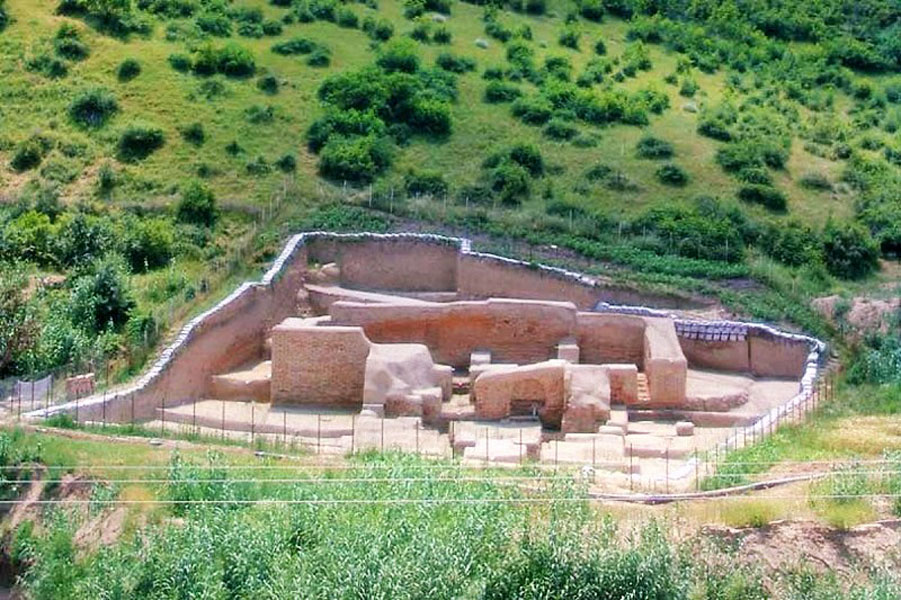
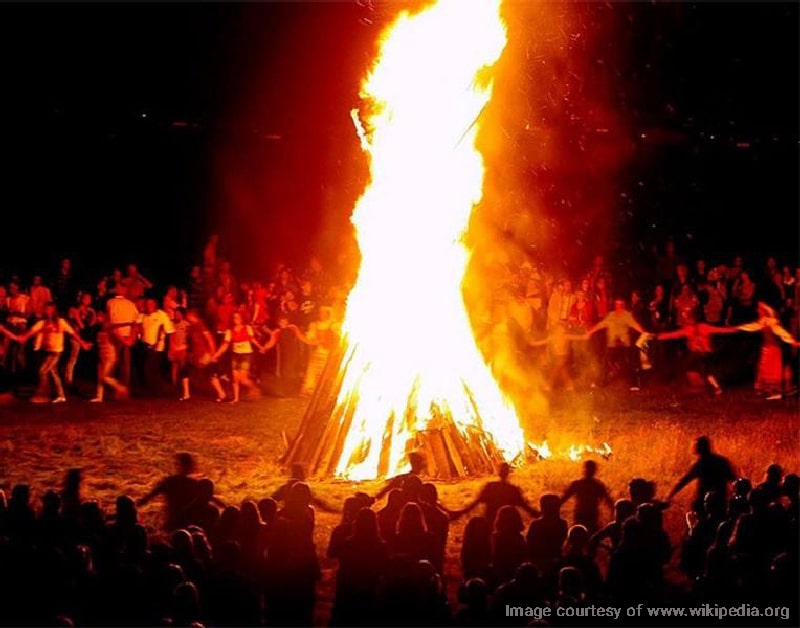
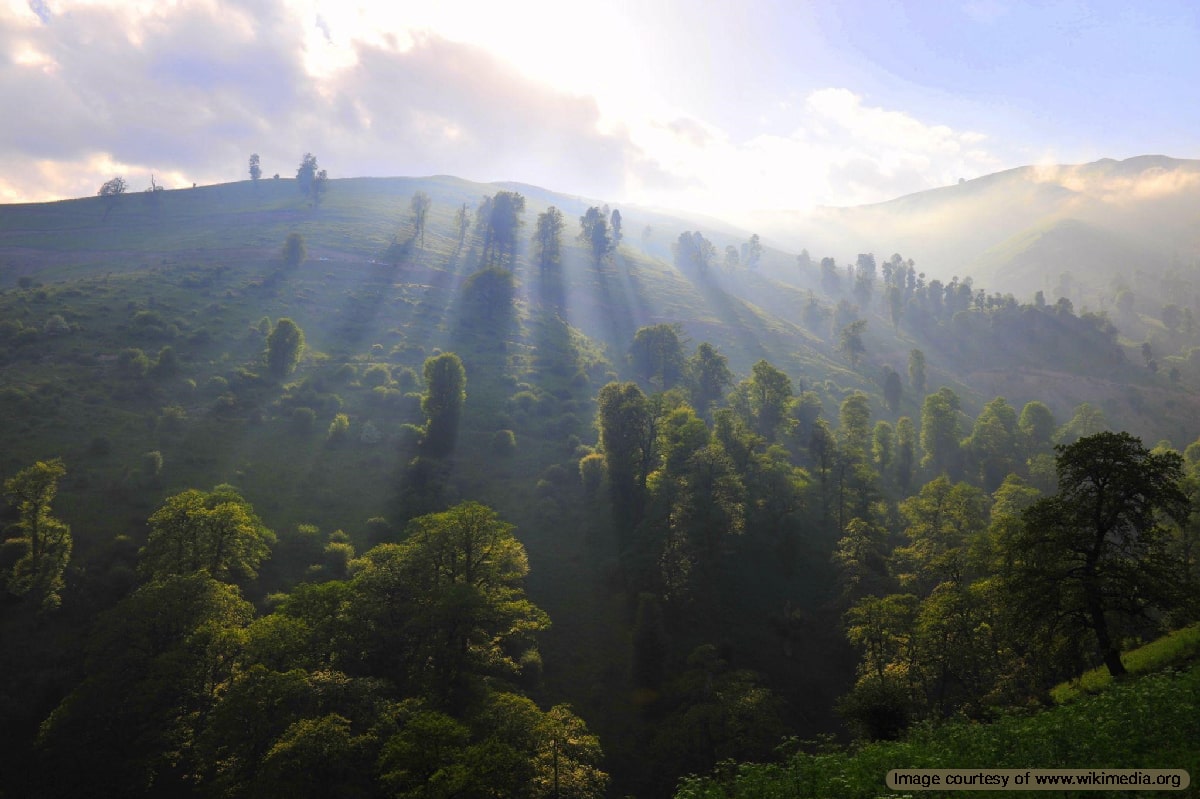
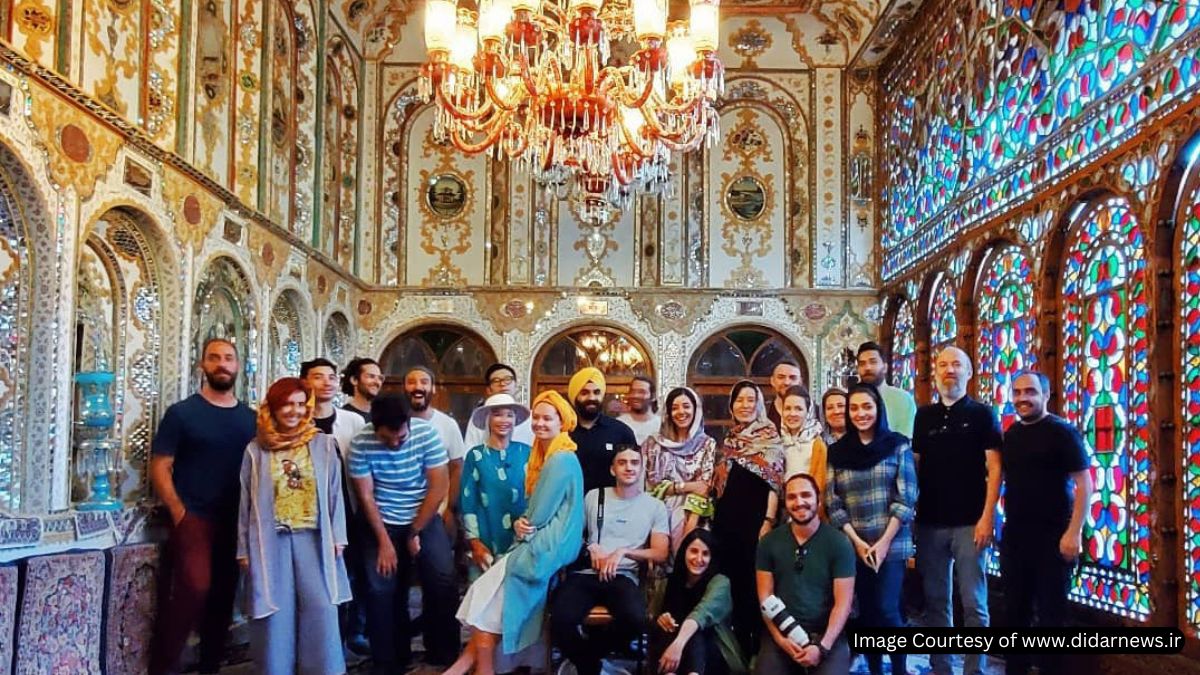
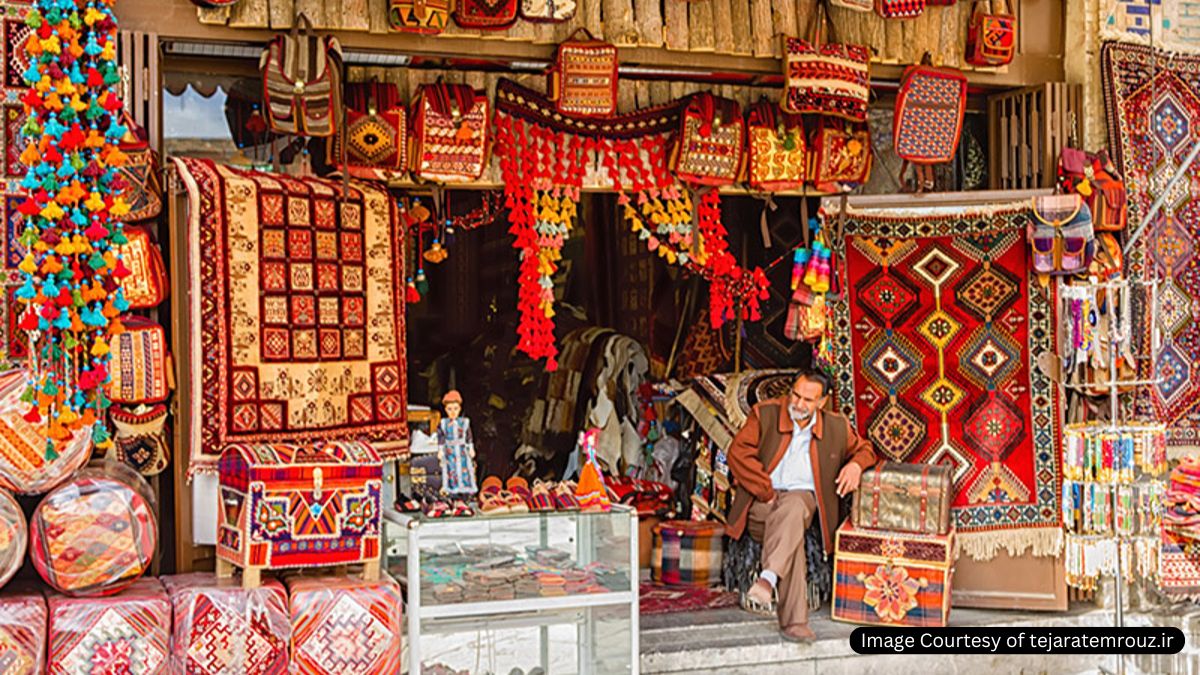


Rahman — thanks for the thorough explanation of how an American can visit Iran. The testimonial was also informative. I have several friends who are open for new experiences in their travels and I will send this post to them.
Thank you Jeannette. I appreciate it. This is extremely helpful.
Thank you Jeannette. I appreciate it. This is extremely helpful.
I hope to visit Iran one day.
Just let us know Lior and we arrange it for you anytime!